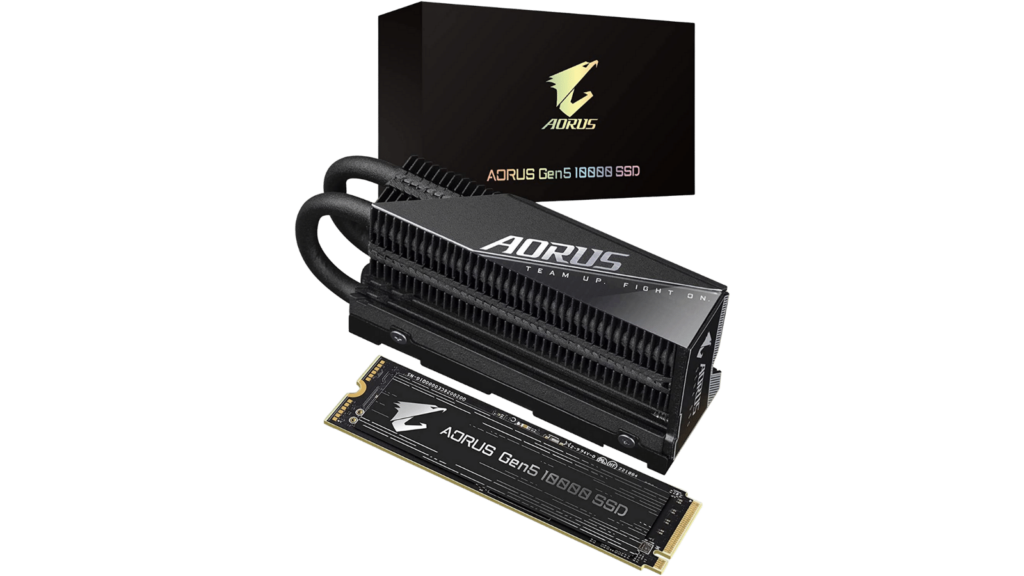Before any new piece of tech becomes commonplace, industry enthusiasts get their hands on it. Support for graphics cards and SSDs using the new PCIe 5.0 standard has been around for a few months already. It showed up with Intel’s 12th- and 13th-gen desktop CPUs and AMD’s Ryzen 7000 desktop CPUs.
But PC enthusiasts have yet to get their clammy hands on GPUs or SSDs that make use of the new standard. Well, they’ll need to liquidate some (read: all) of their crypto and strap on their anti-static bands because the first consumer PCIe 5.0 SSDs have started to show up.
How quickly do you really need that file?
PCIe, or Peripheral Component Interconnect Express, is the standard that those horizontal, sometimes-colourful slots on motherboards use to communicate with whatever’s plugged in. That could be an expansion card with extra USB ports or much faster network ports, though it’s usually graphics cards in the big slots and SSDs in the smaller slots.
The world’s been getting along just fine with 4th-gen PCIe and 3rd-gen components are still around to enjoy their twilight years, providing enough bandwidth for most folks. Only the fastest and often most expensive PCIe 4.0 SSDs max out the standard’s throughput limit. PCIe 5.0 is here to change that. But only in another few years, when more people can afford one.
PCIe 5.0 – double throughput, double price
 There are only a handful of 5.0 SSDs currently available. Gigabyte’s unimaginatively-named Aorus Gen5 10000 is a 5th-gen SSD (shock horror) and implies a speed of 10,000MB/s. Earlier rumours suggested that speed would be higher but judging by the size of the heatsink, faster speeds might’ve been a fire risk.
There are only a handful of 5.0 SSDs currently available. Gigabyte’s unimaginatively-named Aorus Gen5 10000 is a 5th-gen SSD (shock horror) and implies a speed of 10,000MB/s. Earlier rumours suggested that speed would be higher but judging by the size of the heatsink, faster speeds might’ve been a fire risk.
And if you thought high-end 4th-gen SSDs, like the WD Black SN850X, were expensive at R5,000, the Aorus Gen5 10000 wants you to hold its drink. The last price spotted was $680 (R12,330) but that was from a third-party reseller on Amazon presumably taking advantage of the early adopters with more money than sense.
Early PCIe benchmark tests in Forspoken, the only game that currently supports Microsoft’s new DirectStorage tech show that the improvement of 5th-gen PCIe over 4th-gen isn’t all that big. Although those tests didn’t use Gigabyte’s new monstrosity, so that might not be the case anymore.
Still, it’s probably best to wait for 5th-gen PCIe SSDs to arrive in SA and for the price to drop before you throw your money at another piece of early tech. You’ll thank us in the long run.
Source: Tom’s Hardware




